JLPT N5 - Verb List

Verbs necessary to pass JLPT N5
The following is a list of 109 verbs which you need to know in order to make yourself confident to pass the JLPT level N5. Here, the dictionary form (plain form) and Masu form (polite form) of the verbs are listed with English meaning, hope this will work as your reference material.Note: Need to pay proper attention how the forms changed when you need to make it a [ます] form of verb. For example:
おきる = to get up and おく = to put, to keep; but when written in hiragana, [ます] form of おきる is おきます and masu form of おく is also おきます.
Let's see more verbs how they change from dictionary form to polite form:
おきる → おきます; DROP [る] from [おきる] to make it [ます] form;
おく → おきます; CHANGE [く] to [き] to make it [ます] form;
たべる → たべます; DROP [る] from [たべる] and add ます.
いく → いきます; CHANGE [く] to [き] and add ます.
あそぶ → あそびます; CHANGE [ぶ] to [び] and add ます.
のむ → のみます; CHANGE [む] to [み] ます.
くる → きます; CHANGE [く] to [き] and DROP [る] and add ます.
する → します; CHANGE [る] to [し] and DROP [る] and add ます.
In the below list, verbs are listed in Dictionary form and masu forms, the reason is that once you know the dictionary form or masu form correctly, it will become easier for you to search online about the usage of that verb or to know other forms of that verb.
Furigana
|
Masu Form (Polite)
|
Meaning
| |
1
|
あう
|
会(あ)います
|
to meet
|
2
|
あく
|
開きます
|
to open
|
3
|
あける
|
開けます
|
to open
|
4
|
あげる
|
あげます
|
to raise, to give
|
5
|
あそぶ
|
遊びます
|
to play
|
6
|
あびる
|
浴びます
|
to take bath
|
7
|
あらう
|
洗います
|
to wash
|
8
|
ある
|
あります
|
to be, to exist
|
9
|
ある
|
あります
|
to possess
|
10
|
あるく
|
歩きます
|
to walk
|
11
|
いう
|
言(い)います
|
to say, to tell
|
12
|
いく
|
行(い)きます
|
to go
|
13
|
いる
|
います
|
need, be required
|
14
|
いる
|
います
|
to exist
|
15
|
いれる
|
入(い)れます
|
to insert, to put in
|
16
|
うたう
|
うたいます
|
to sing
|
17
|
うまれる
|
生(う)まれます
|
to be born
|
18
|
うる
|
売ります
|
to sell
|
19
|
うる
|
売ります
|
to sell
|
20
|
おきる
|
起きます
|
to get up, to stand up
|
21
|
おく
|
おきます
|
to put
|
22
|
おくる
|
送ります
|
to send
|
23
|
おす
|
押します
|
to push
|
24
|
おぼえる
|
覚えます
|
to memorize,
to remember
|
25
|
およぐ
|
泳ぎます
|
to swim
|
26
|
おりる
|
降ります
|
to get off
|
27
|
おわる
|
終わります
|
to end
|
28
|
かう
|
買(か)います
|
to buy
|
29
|
かえす
|
返します
|
to return an object
|
30
|
かえる
|
帰ります
|
to return home
|
31
|
かかる
|
掛かります
|
to require -
time or money
|
32
|
かく
|
書(か)きます
|
to write
|
33
|
かける
|
かけます
|
to make, to hang
|
34
|
かす
|
かします
|
to lend
|
35
|
かぶる
|
かぶります
|
to put on a hat
|
36
|
かりる
|
かります
|
to borrow
|
37
|
きえる
|
きえます
|
to go out, to vanish
|
38
|
きく
|
聞(き)きます
|
to listen
|
39
|
きる
|
きります
|
to cut
|
40
|
きる
|
きります
|
to wear, to put on
|
41
|
けす
|
けします
|
to turn off,
to switch off
|
42
|
くる
|
来(き)ます
|
to come
|
43
|
こたえる
|
こたえます
|
to answer
|
44
|
こまる
|
こまります
|
to be in trouble
|
45
|
さく
|
さきます
|
to blossom
|
46
|
さす
|
さします
|
to open an umbrella
|
47
|
しぬ
|
しにます
|
to die, to pass away
|
48
|
しまる
|
しまります
|
to close
|
49
|
しめる
|
しめます
|
to close
|
50
|
しめる
|
しめます
|
to fasten a belt
|
51
|
しる
|
しります
|
to know
|
52
|
すう
|
すいます
|
to breath, to smoke
|
53
|
すむ
|
すみます
|
to live,
to reside somewhere
|
54
|
する
|
します
|
to do
|
55
|
すわる
|
すわります
|
to sit
|
56
|
だす
|
出(だ)します
|
to take out, hand in
|
57
|
たつ
|
立(た)ちます
|
to stand
|
58
|
たのむ
|
たのみます
|
to ask, to request
|
59
|
たべる
|
食(た)べます
|
to eat
|
60
|
ちがう
|
ちがいます
|
to be different
|
61
|
つかう
|
つかいます
|
to use
|
62
|
つかれる
|
つかれます
|
to get tired
|
63
|
つく
|
つきます
|
to arrive
|
64
|
つくる
|
つくります
|
to make, to produce
|
65
|
つける
|
つけます
|
to turn on
|
66
|
つとめる
|
つとめます
|
to work for someone
|
67
|
でかける
|
出(で)かけます
|
to go out
|
68
|
できる
|
出来(でき)ます
|
can do
|
69
|
でる
|
出(で)ます
|
to leave
|
70
|
とぶ
|
とびます
|
to fly
|
71
|
とまる
|
とまります
|
to stop
|
72
|
とる
|
とります
|
to take
|
73
|
とる
|
とります
|
to take a photo
|
74
|
なく
|
なきます
|
to sing, mew, moo
|
75
|
ならぶ
|
ならびます
|
to form a line
|
76
|
ならべる
|
ならべます
|
to line up
|
77
|
なる
|
なります
|
to become
|
78
|
ぬぐ
|
ぬぎます
|
to take off clothes
|
79
|
ねる
|
ねます
|
to sleep
|
80
|
のぼる
|
のぼます
|
to climb up
|
81
|
のむ
|
飲(の)みます
|
to drink
|
82
|
のる
|
のります
|
to take, to ride
|
83
|
はいる
|
入(はい)ります
|
to enter
|
84
|
はく
|
はきます
|
to put on shoes
|
85
|
はじまる
|
はじまります
|
to begin, to start
|
86
|
はしる
|
はしります
|
to run
|
87
|
はたらく
|
はたらきます
|
to work
|
88
|
はなす
|
話(はな)します
|
to talk, to speak,
to tell
|
89
|
はる
|
はります
|
to put something on,
to stick
|
90
|
はれる
|
はれます
|
to clear up
|
91
|
ひく
|
ひきます
|
to pull
|
92
|
ひく
|
ひきます
|
to play an instrument
|
93
|
ふく
|
ふきます
|
to blow (wind)
|
94
|
ふる
|
ふります
|
to fall (rain, snow)
|
95
|
まがる
|
まがります
|
to turn
|
96
|
まつ
|
まちます
|
to wait
|
97
|
まなぶ
|
学(まな)びます
|
to learn
|
98
|
みがく
|
みがきます
|
to polish, to brush
|
99
|
みせる
|
見(み)せます
|
to show
|
100
|
みる
|
見(み)ます
|
to see, to watch
|
101
|
もつ
|
もちます
|
to have, to own
|
102
|
やすむ
|
休(やす)みます
|
to rest
|
103
|
やる
|
やります
|
to do
|
104
|
よぶ
|
よびます
|
to call
|
105
|
よむ
|
読(よ)みます
|
to read
|
106
|
わかる
|
分(わか)ります
|
to know,
to understand
|
107
|
わすれる
|
わすれます
|
to forget
|
108
|
わたす
|
わたします
|
to hand over
|
109
|
わたる
|
わたります
|
to cross
|
Please comment and let me know if you notice any mistakes or if you have any suggestions for improvement.
JLPT N5 Resources: Vocabulary Lists:
- JLPT N5 Resources - Vocabulary List - 01
- JLPT N5 Resources - Vocabulary List - 02
- JLPT N5 Resources - Vocabulary List - 03
- JLPT N5 Resources - Vocabulary List - 04
- JLPT N5 Resources - Vocabulary List - 05
- JLPT N5 Resources - Vocabulary List - 06
- JLPT N5 Resources - Vocabulary List - 07
- JLPT N5 Resources - Vocabulary List - 08
- JLPT N5 Resources - Vocabulary List - 09
- JLPT N5 Resources - Vocabulary List - 10

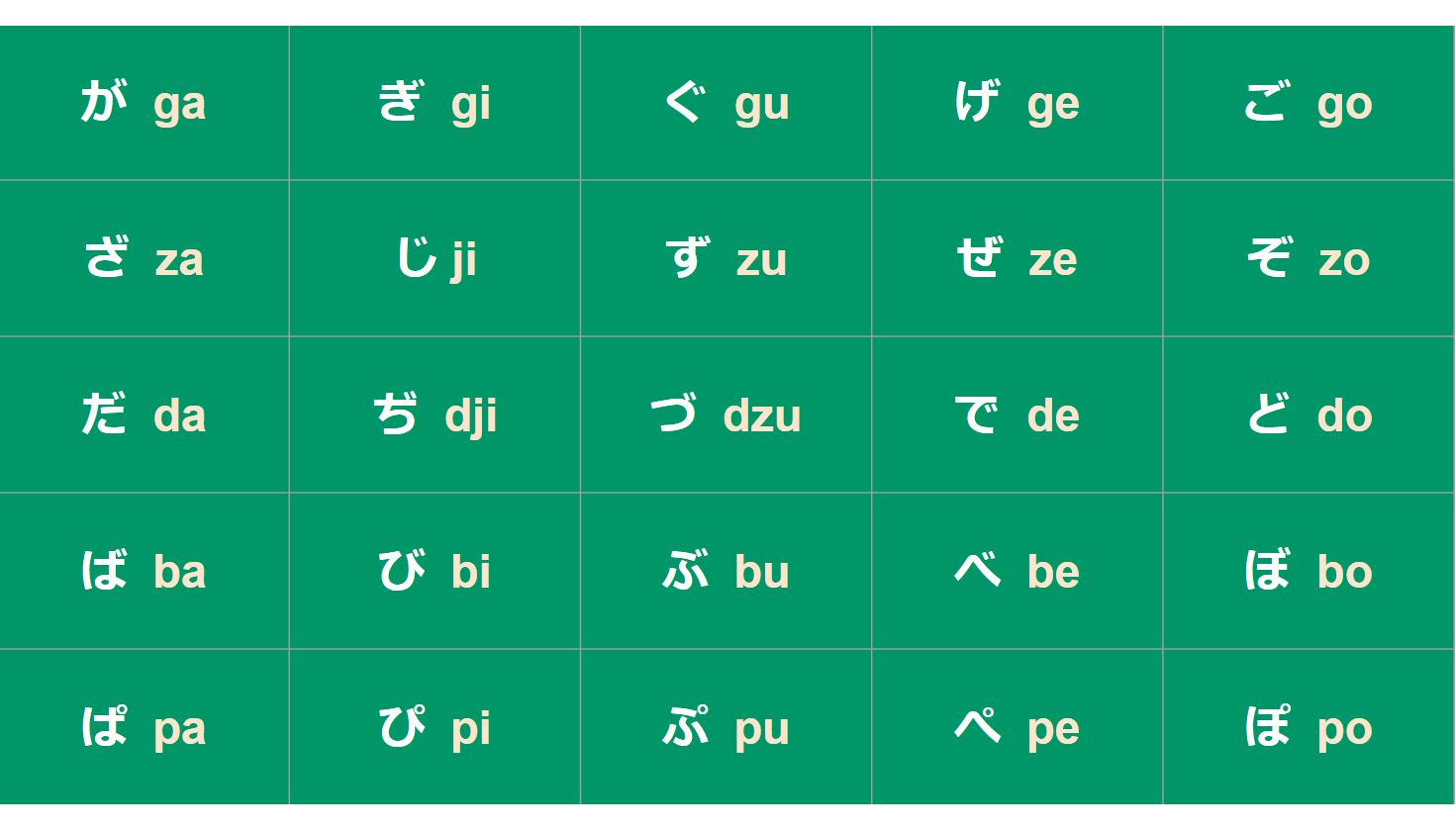

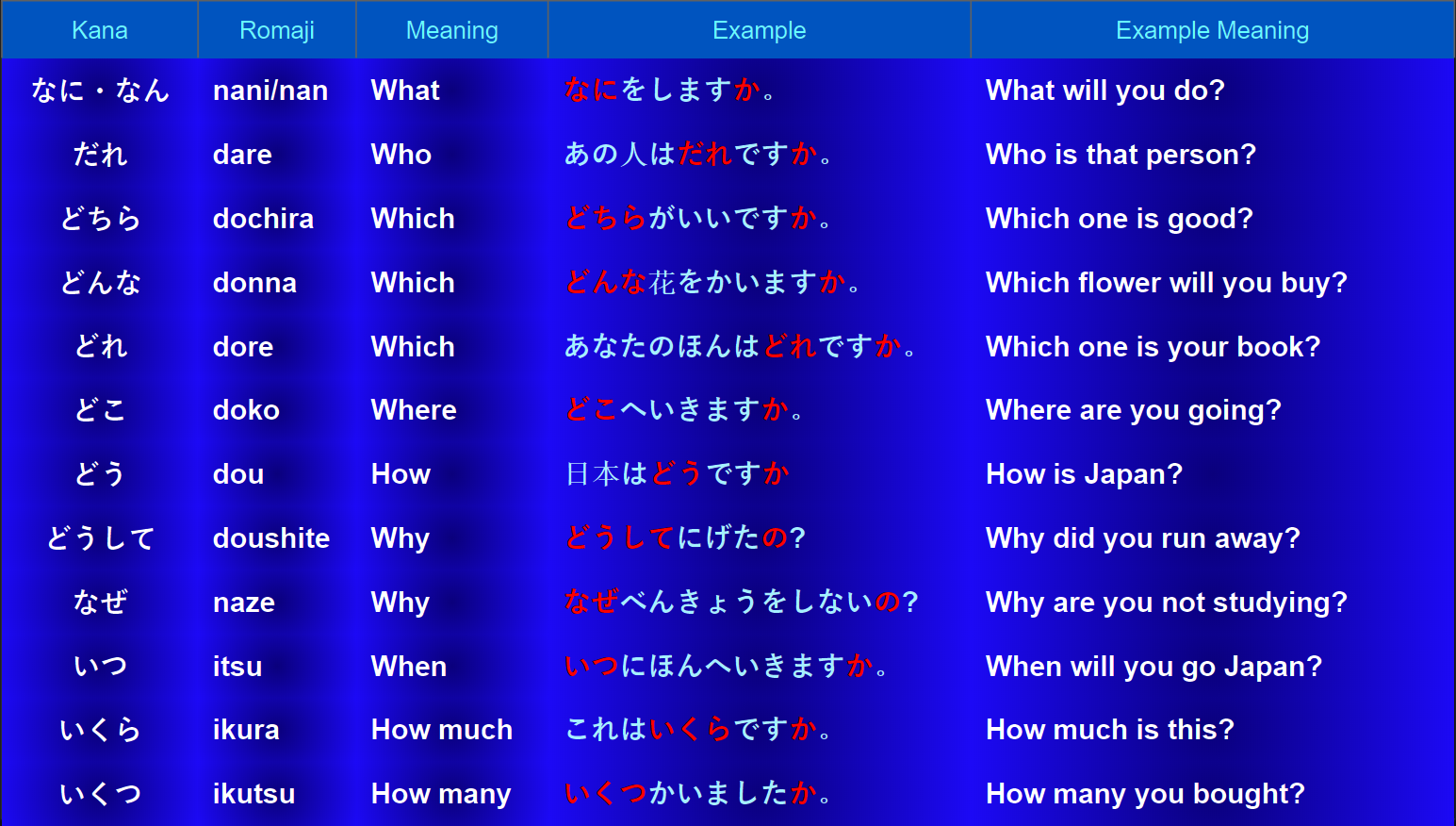

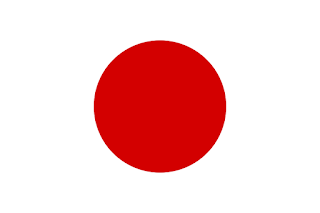
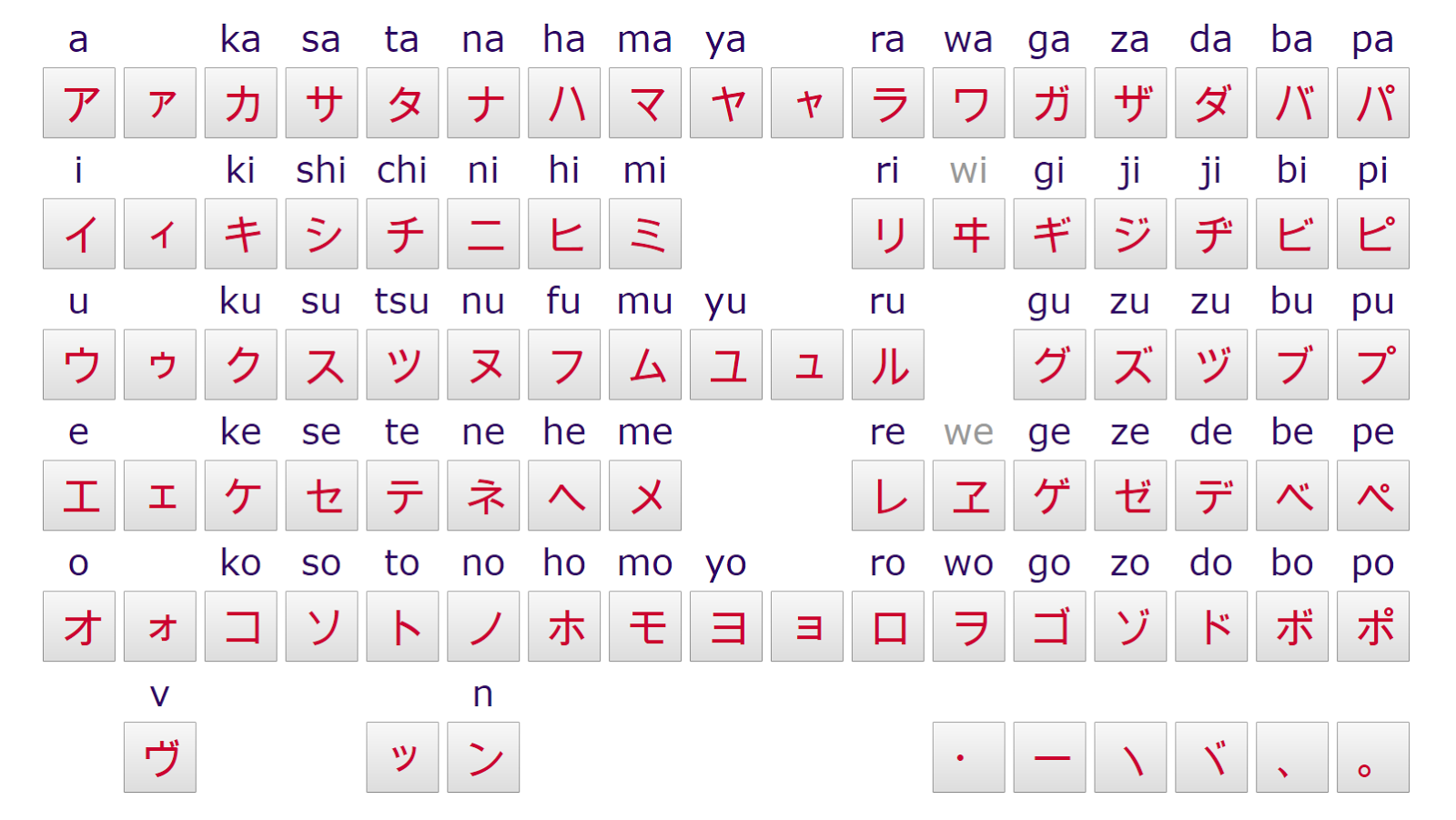
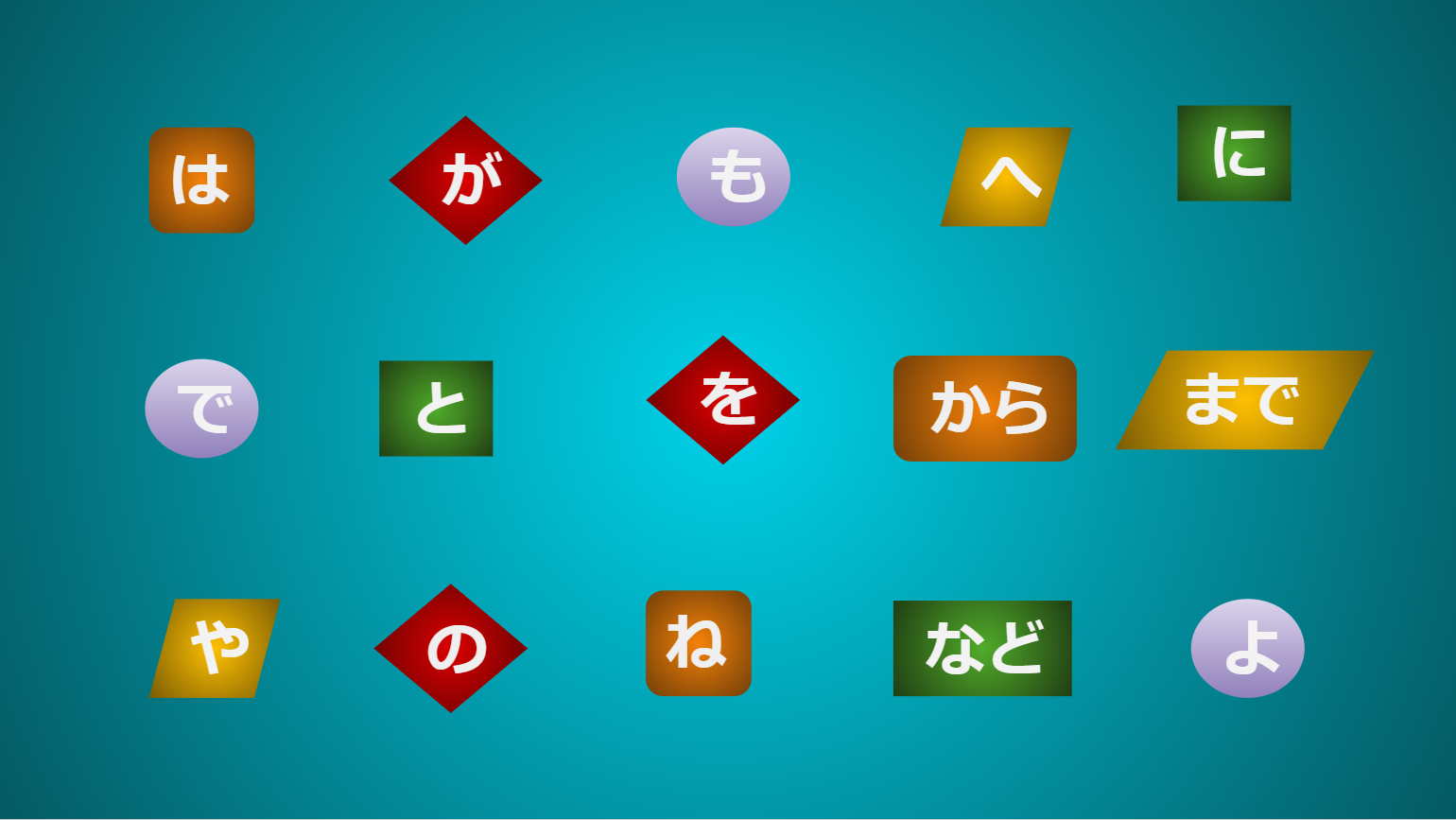
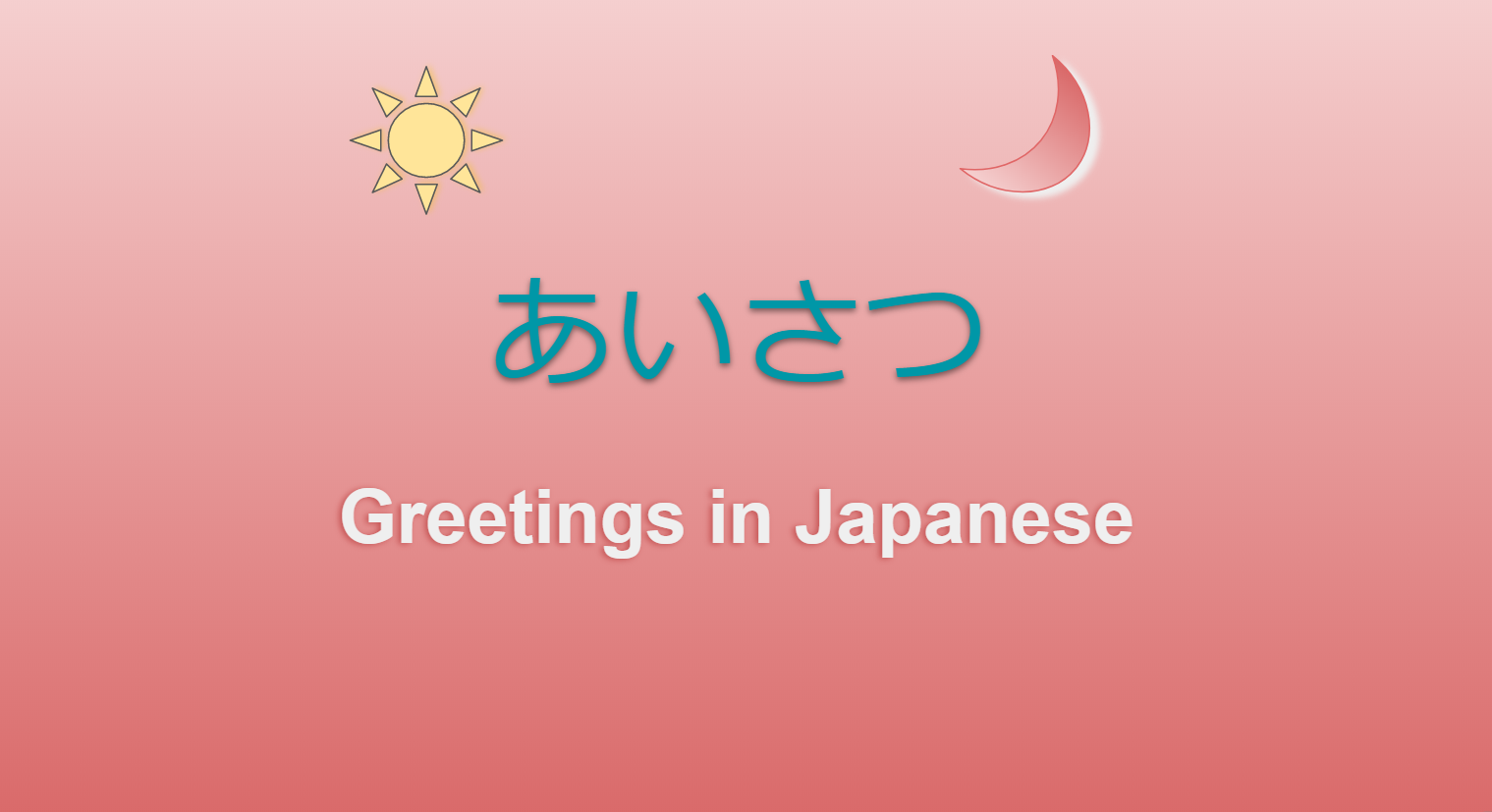
Japanese Language Proficiency Test Level N5 is for students who has basic knowledge of writing, reading and listening Japanese Language. At first, if taking exam of JLPT N5 one should know Hiragana, katakana and few basic Kanji characters. In JLPT N5 students gain knowledge to use appropriate greetings while working in Japanese culture.
ReplyDeleteJapanese language Translator course l japanese language course l japanese classes near me l Japanese Language Proficiency Test N5
Number 13 いる->いります to need or want.
ReplyDelete